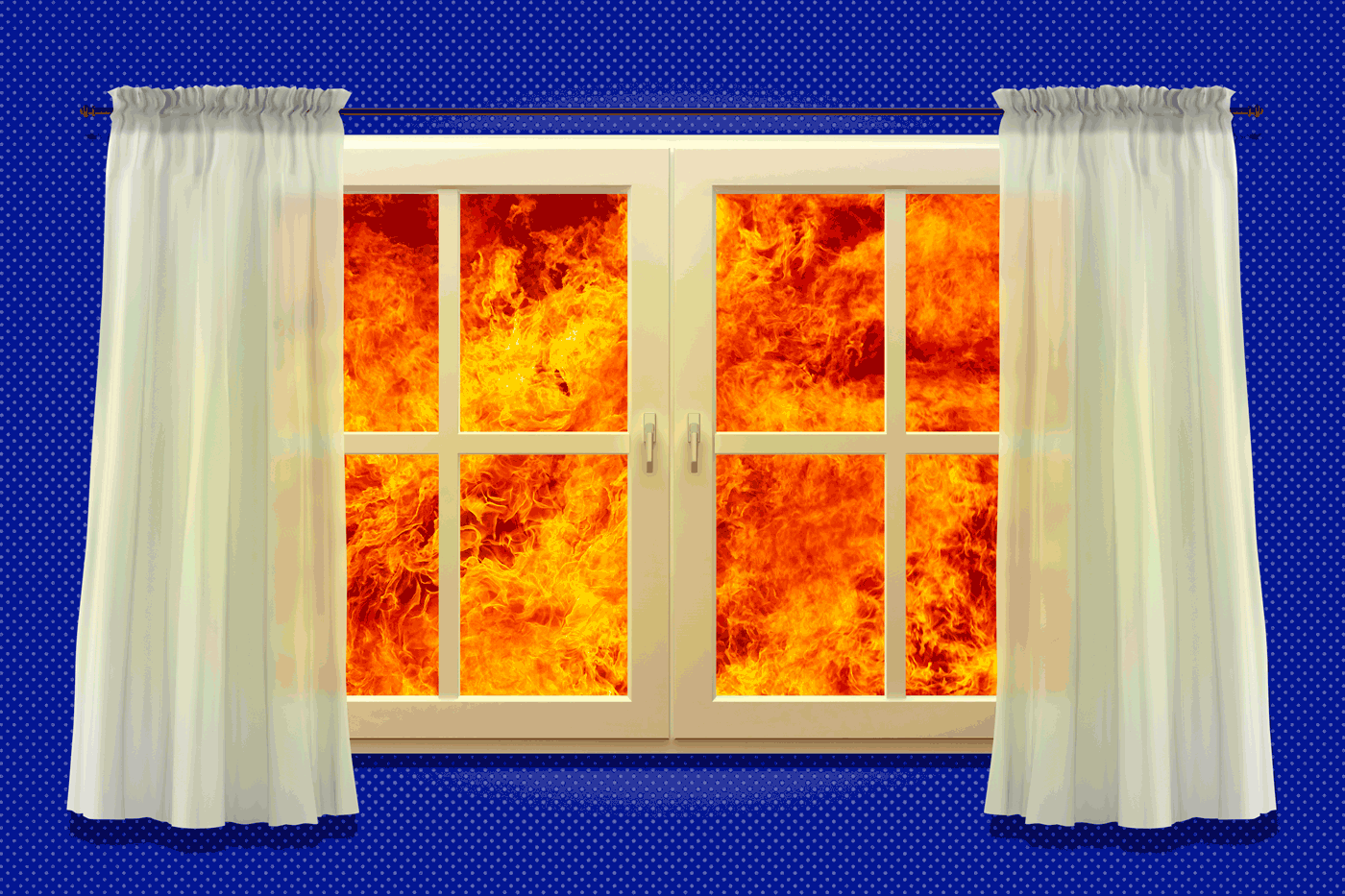The clock is ticking on California’s next fire season. We need to get ready

- Share via
Dangerous, destructive, seemingly apocalyptic wildfires have always been an element of life in California. Like earthquakes, they’re part of the deal people make to live in a state that also offers a culture of reinvention, extraordinary natural beauty and, much of the time, fabulous weather.
But fire season — those summer and fall months when humidity plummets and hot desert winds roar through canyons and mountain passes — has changed in recent years. It’s grown longer and more dangerous. Half of the state’s 20 most destructive fires have occurred in the last four years. And about 150 people have died in wildfires in California since 2015, about as many as were killed in wildfires in the previous 82 years.
Read the full series
There’s no mystery as to why. Climate change has exacerbated the state’s naturally dry and windy inclination even as humans have pushed development into historically risky areas, building homes and businesses in dry, vegetation-rich parts of the state and extending transmission lines to power them.
The power lines, the new development, the changing climate — this was a volatile situation even before the state’s utilities failed to invest in the technology, sometimes simple technology, that would have made their lines less vulnerable to sparking during the intensifying seasonal high winds. The combination, though, has been catastrophic. Power lines have ignited more than 2,000 wildfires just since 2014. Overall, seven of the 10 deadliest and most destructive fires in California were started by downed or sparking power lines or electrical equipment, including the Thomas fire in 2017 that was, at least until the following year, the largest wildfire in state history.
And nothing in the state’s history compares with the past, terrible 12 months. First came the worst fire season on record, beginning in November 2018, and then, in October and November of 2019, there were deliberate power blackouts on an unprecedented scale. The outages were intended to stop fires but actually added to the chaos, confusion, cost and peril.
It can’t happen again. And the responsibility to make sure it doesn’t rests with California’s elected officials, regulators and utilities.
Now that the smoke has cleared and the winds have calmed, at least for the moment, it’s time for fast action — faster than government is used to moving. Even while continuing to work toward major long-term changes such as restructuring Pacific Gas & Electric, the state’s largest investor-owned utility, and building local renewable-energy systems, Californians will be looking to their leaders to show the appropriate urgency on safeguards that will be in place by the time peak fire season hits in 2020.
To that end, we talked to or heard from energy and land-use experts, state officials, legislators, utility executives, regulators, ratepayer advocates and others and came up with a few actions that can be reasonably begun over the next year in two critical areas — the state’s electrical grid and land use — to ensure that future fire seasons aren’t as dangerous and disruptive as the last.
More to Read
A cure for the common opinion
Get thought-provoking perspectives with our weekly newsletter.
You may occasionally receive promotional content from the Los Angeles Times.








